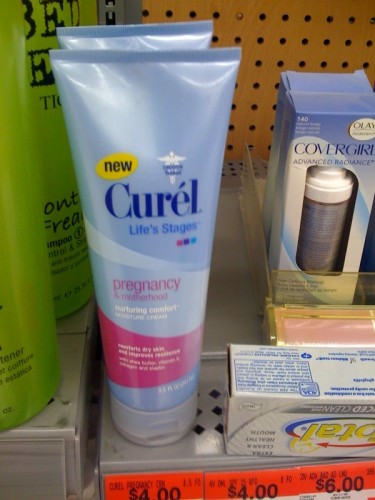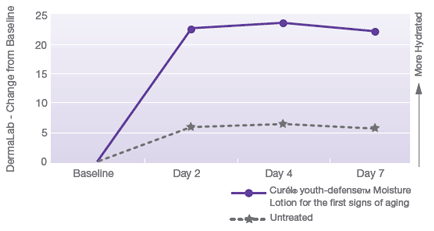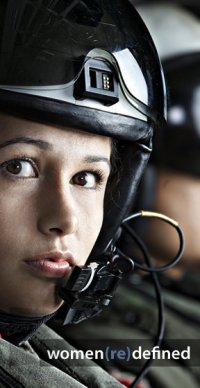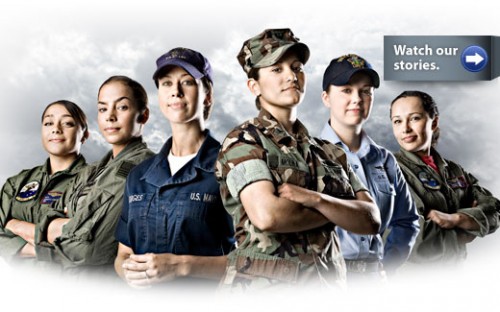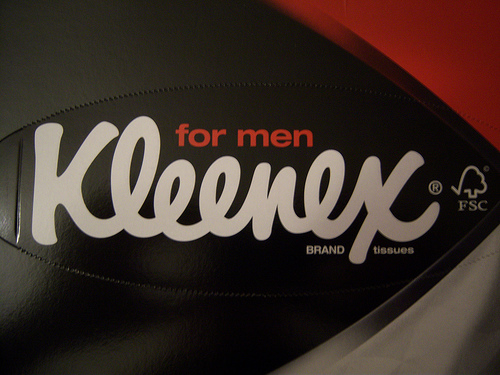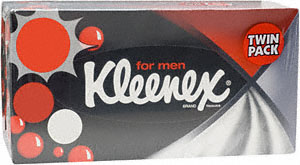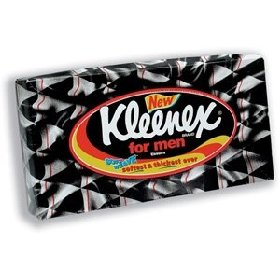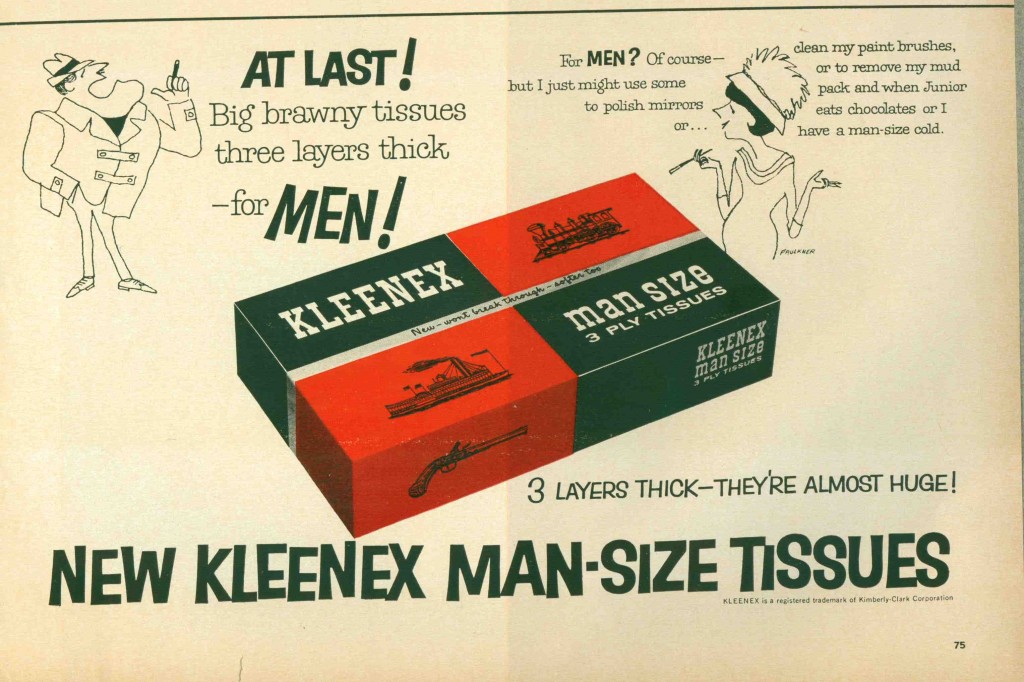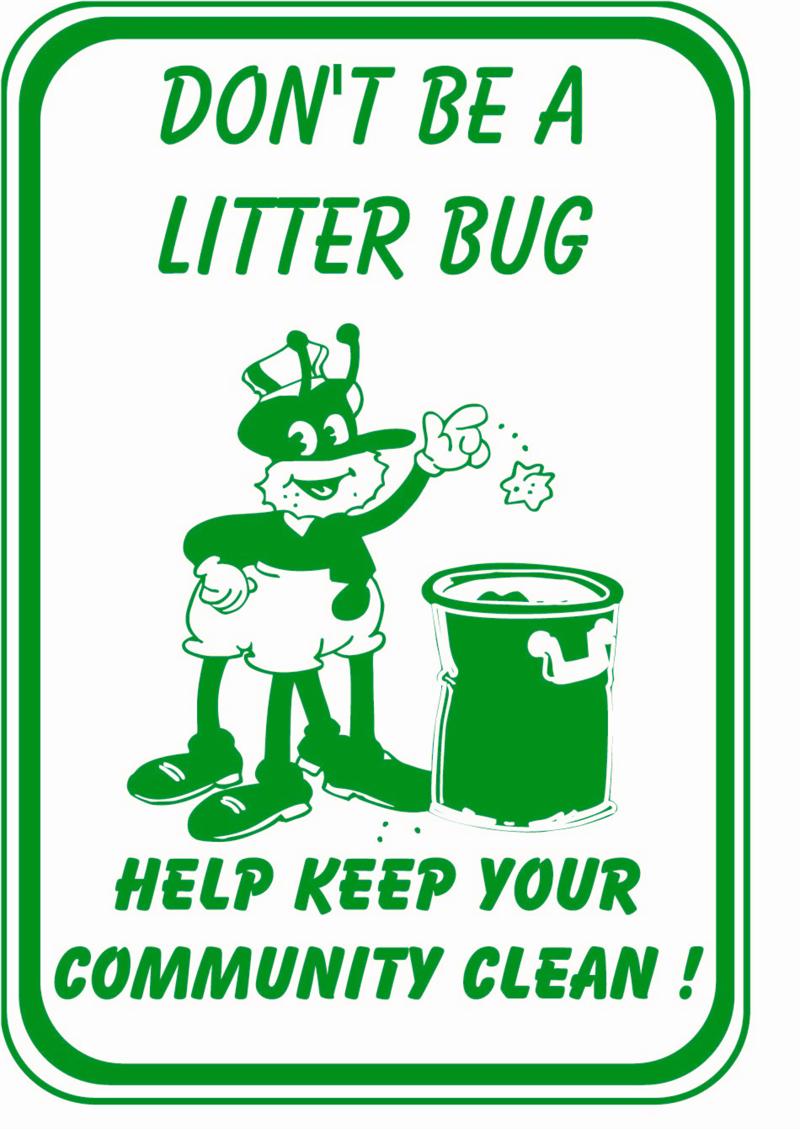World War II was, among other things, an engine for the development of new technologies. After the war, however, companies needed new markets for their products that would allow them to continue to reap profits. We’ve posted below on this effort as related to food. The 1948 ad below, for a scent-reducing and slimming camisole, is a great example of this in that the text makes it explicit (via):
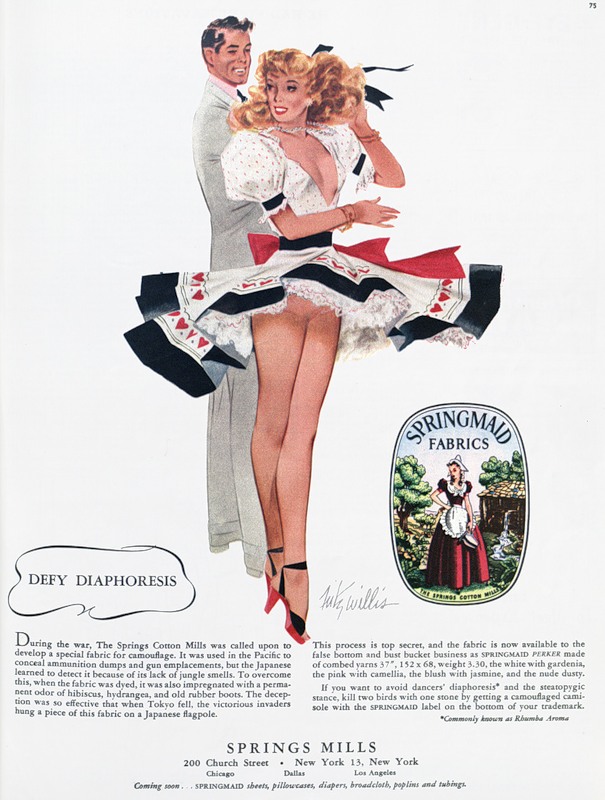
Text:
During the war, The Springs Cotton Mills was called upon to develop a special fabric for camouflage. It was used in the Pacific to conceal ammunition dumps and gun emplacements, but the Japanese learned to detect it because of its lack of jungle smells. To overcome this, when the fabric was dyed, it was also impregnated with a permanent odor of hibiscus, hydrangea, and old rubber boots. The deception was so effective that when Tokyo fell, the victorious invaders hung a piece of this fabric on a Japanese flagpole.
This process is top secret, and the fabric is now available to the false bottom and bust bucket business as SPRINGMAID PERKER made of combed yarns… the white with gardenia, the pink with camelia, the blush with jasmine, and the nude dusty.
If you want to avoid dancers’ diaphoresis* and the steatopygic stance, kill two birds with one stone by getting a camouflaged camisole with the SPRINGMAID label on the bottom of your trademark.
* Commonly known as Rhumba Aroma.
And also, a quick google search shows, “ballerina bouquet” and “skater’s steam.”
—————————
Lisa Wade is a professor of sociology at Occidental College. You can follow her on Twitter and Facebook.


